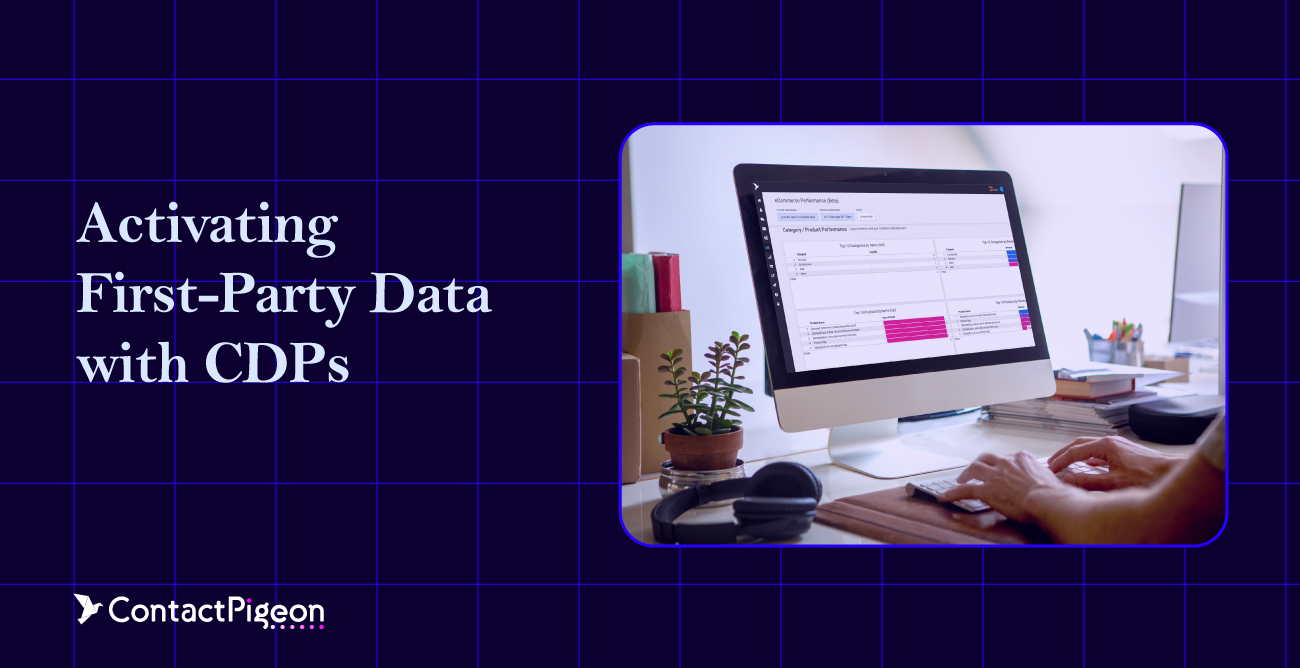Marketing automation is no longer a new concept, but it is an evolving one. In a way, marketing comes full-circle, beginning with one-on-one relationships that eventually become too numerous to manage. When marketing automation first entered the scene, it was a welcome solution to the growing problem of having too many audience members to engage and too few marketers (or too little time) to give them the individual attention they deserve.
These early solutions focused on lists and segmentation, turning one-to-one efforts into one-to-many efforts – a time saver, indeed. Yet marketers soon realized the result of automating marketing activities based solely on lists, segments, and personas: a less-personal interaction leaving consumers feeling categorized and labeled rather than individualized. As today’s consumers demand a personalized, omni-channel experience, marketers are forced to reimagine marketing once again, discovering ways to deliver those same, valued one-on-one relationships once cherished without giving up the benefits of automation. Fortunately, leveraging marketing automation can actually enhance the customer experience when done right.
Choose the Right Functions for Marketing Automation
Automation isn’t an all-or-nothing proposition, and while the idea of being able to put the entire marketing team on auto-pilot, that’s not quite how it works. In fact, a slow but steady, scalable approach to automation often works best, enabling companies to first evaluate and determine what functions are automatable and hone in on the tasks that are most repeatable, error-prone, and time-consuming first.
There are many marketing functions that can be automated, from email marketing to social media, content curation, lead nurturing, and more. But instead of trying to replace human interaction, find ways to supplement and enhance it with automation.
Tap into Data to Provide More Relevant Experiences
Most of us don’t have a crystal ball, but sophisticated data analysis can get us pretty close. For instance, companies that show website visitors personalized content and recommendations based on their past behavior, prior purchases, and browsing history realize an average boost in sales of 20%. This content is generated automatically and dynamically, and it’s driven by a consumer’s individual behavior and interests – not the presumed broad interests of every visitor that lands on the company’s website.
The same principle can be applied to other facets of the customer relationship, such as email messages triggered by abandoned shopping carts, offers delivered based on past purchases, and even personalized videos targeted to an individual consumer’s pain points, stage in the buyer’s journey, recent purchases, and other individual data.
Utilize Automated Lead Scoring and Nurturing to Deliver Sales-Ready Leads
One of the biggest sticking points between marketing and sales teams is that marketers without adequate lead scoring mechanisms may pass leads on to sales before they’re ready, forcing sales teams to spend valuable time nurturing leads and interfacing with prospects who aren’t at the decision-making phase of the buyer’s journey. This isn’t just a problem for sales, though; it’s a problem for consumers, too.
Sales efforts often have a counterproductive effect on consumers if undertaken too early in the buyer’s journey, so turning leads over to sales before they’re ready to buy is one of the surest ways to send your prospects straight to your competitor’s doorstep. Nothing makes a consumer feel less valued than feeling pressured by sales when they haven’t given a reasonable indication that they want to do business with you.
Marketing automation can aid in better nurturing leads to ensure sales-readiness, as well as identifying the prospects who are at the point of purchase and ready for those one-on-one sales conversations. As companies that don’t leverage marketing automation spend 11% more time on sales, there are tremendous productivity gains to be had by implementing automation, as well.
Don’t Forget the Human Element
Companies leveraging marketing automation are often eager to see results and excited about the possibility of a hands-off marketing effort, but the human element is still a crucial component of any marketing campaign. Marketing automation can take you far and boost results, but don’t fall into the trap of thinking that your automated systems should be managing relationships from end-to-end. Personalized marketing and marketing automation are not mutually exclusive; they should go hand-in-hand.
Even marketing automation should be based on a clearly defined strategy with measurable goals and objectives. Performing ongoing analysis of results is essential to ensure that automated systems are functioning as expected and producing desired results – if they’re not, and you’ve taken the time to recognize that it’s not working, you can intervene and correct the course.
Leveraging modern, data-driven marketing automation technology with comprehensive analysis and reporting capabilities can help you identify when the process isn’t functioning like the well-oiled machine it should be. What’s more, it can provide the insights you need to pinpoint those opportunities when a direct, human-to-human personal touch is in order, based on trends, patterns, triggers, and contextual data.
Marketing automation should support human-led efforts, not replace them. Leverage data and automate your repetitive processes, but maintain the personal element through smart personalization technology, dynamic content, and data-driven decisions. Companies that put the focus back on the customer as an individual and leverage technology to support repetitive processes and create unique, personalized experiences are poised to reap the most benefit from modern marketing automation.
Post contributed by Amy Cross, Sr Content Marketing Manager at NGDATA.



![Benchmarking Growth Strategies of Top Fashion Retailers [Study]](https://blog.contactpigeon.com/wp-content/uploads/2025/11/top-fashion-retailers.jpg)